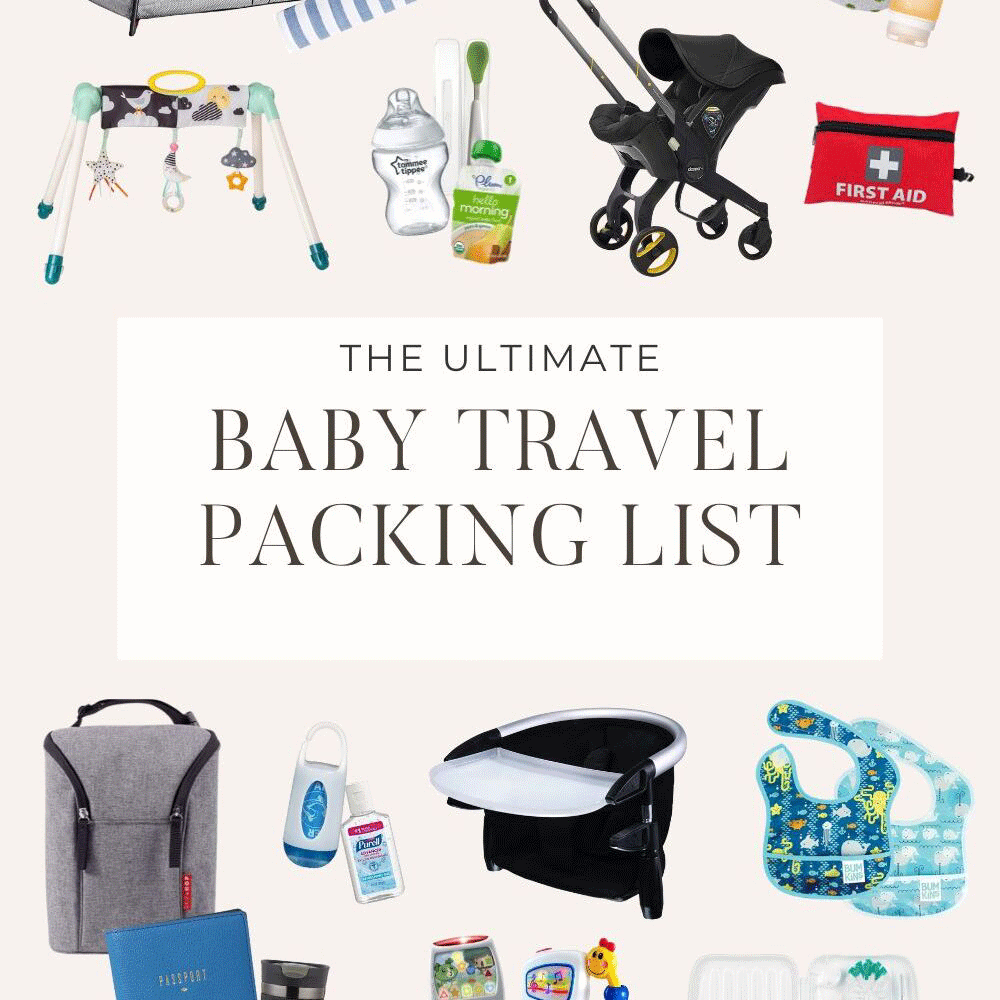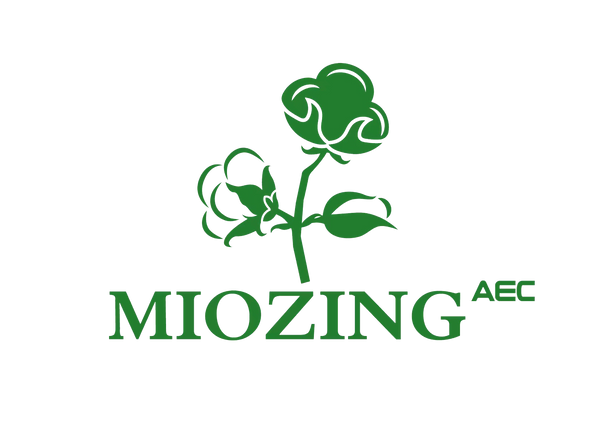
The Ultimate Travel Packing List for Your Baby
Share
There are two kinds of people who travel with babies: those who meticulously pack their bags days in advance, checking off items on their lists as they go, and those who stuff everything into their suitcase hours before departure and hope for the best.
Packing for a baby is like playing a high-stakes game, and who could have thought that forgetting something as small as a pacifier could lead to hours of crying? It’s both auditory and emotional torture, and will have you desperately searching for the nearest store to replace the pacifier you left at home. Once you’ve had this experience, you’ll be double-checking your packing list weeks in advance the next time you travel. Luckily, here’s a list of all the essentials you need for a stress-free trip.
When can you travel with your baby?
How you travel with your baby will definitely affect when you can go and what you need to pack. Most doctors recommend avoiding unnecessary travel (especially air travel) because babies' immune systems are still developing.
So if you're traveling with your baby by air, talk to your pediatrician before booking your ticket. While there is no official age for flying, the American Academy of Pediatrics (AAP) strongly advises against flying with young infants because it increases the risk of illness in newborns.
Some airlines may not accept passengers under a certain age, so check with your airline before purchasing a ticket to see if there are any age restrictions.
Most major airlines will allow you to carry your baby on your lap for free on domestic flights until he or she is 2 years old. However, the Federal Aviation Administration (FAA) and the American Academy of Pediatrics (AAP) do not recommend this, instead suggesting that your baby sit in her own seat and be strapped into a properly fitted car seat or safety restraint designed for air travel. This will better protect her in the event of turbulence or other conditions.
If you do decide to take your baby in a separate row, you can either buy a ticket for your baby or ask the airline if they will allow you to use the empty seat next to you, if one is available. If your airline allows you to do this, it is best to travel on less crowded days and times to increase the chances of having an empty seat next to you.

What to Pack in Carry-On Baggage for Your Baby
When traveling by plane, you must follow TSA and airline regulations on what you can bring in carry-on and checked bags, so include that in your baby baggage checklist. Many airlines will allow you to bring diaper bags, breast pumps, and car seats on board in addition to your carry-on baggage allowance—but check with your airline before you fly to make sure. (You may need to check a stroller at the gate, but it will still be usable at the airport.)
Formula and breast milk you bring on board are not subject to the TSA's 3.4-ounce liquid rule (they can be in a carry-on bag with juice in "reasonable" quantities), but you will still need to check them separately from other items and may be subject to additional security screening.
Remember that all of your child's accessories—like strollers and car seats—will also have to be X-rayed, so be sure to allow extra time for security screening. You'll need to carry your baby through security, too.
Driving yourself offers more flexibility, so it may be easier to make a travel checklist for your baby. The most important thing is to install the right car seat to keep your baby safe. Ideally, someone should be in the back seat with your baby to keep an eye on her and keep her occupied while she's awake. The American Academy of Pediatrics (AAP) recommends taking breaks every two to three hours to change diapers, feed, and stretch your legs.

Still struggling with what to pack in your baby's carry-on luggage? Here's a checklist to save you from having to prepare every time you take your baby out:
- Diapers: two days' and nights' worth
- Wipes, lots of them
- A changing pad
- Diaper cream (no more than 3.4 ounces if you’re flying by plane)
- Two bibs
- Baby blanket that you can use as burp cloths or to cover yourself up with while breastfeeding
- Two bottles (if you use them)
- Change of clothes for your baby
- Change of clothes for you (in case your baby spits up — or worse)
- Large resealable bags to store soiled clothes in
- Several pacifiers (if your baby uses one)
- Food: two small jars of baby food per meal, plus snacks if your baby is eating solids; easy-to-eat snacks for you; formula if you're not breastfeeding
- Activities: a couple of favorite soft toys and books plus a few brand new ones
- Infant acetaminophen or ibuprofen, depending on baby's age
- Antibacterial wipes and hand sanitizer
- Cellphone and cellphone charger
- Passports (if you’re traveling internationally)
What to pack in your baby's suitcase
Babies require a lot of stuff, even when traveling. (Sorry, light packers!) Consider this packing list an overview of what you’d need once you arrive at your destination:
- Diapers and wipes
- Diaper cream
- Baby wash
- Body lotion
- Sunscreen
- Infant nail clippers or a nail file (if you'll be away more than a week)
- A first-aid kit: Pack any medications your baby might need, bandages, an antibiotic ointment, your pediatrician's number, and outlet covers for babyproofing.
- Breast pump plus storage for milk, or formula if you use it
- An extra bottle or two if you need it
- Baby food: enough to last the whole trip if your baby is eating solids (or you can buy more when you get there for longer trips)
- Portable cooler and ice packs
- A bottle brush
- Infant utensils and a sippy cup if your baby uses one
- Resealable bags in different sizes to store snacks and soiled baby clothes
- Pajama romper, socks, booties or shoes; pack two outfits for each day you'll be away, plus two extra ones
- Lightweight stroller or baby carrier
- Car seat (even if you're not traveling by car!)
- Portable feeding seat (if your baby is sitting up and eating solids)
- Baby monitor (if your baby will be sleeping in another room)
- Playmat
- Weather-specific clothes like bathing suits, sun hats, winter coats, gloves, winter hats, etc.
- Extra baby toys, teethers and books
It’s a natural reaction to pack everything you’ll need during your trip. However, you may forget that many things are available at your destination. Baby lotion, baby toiletries, diapers, and even baby food can all be easily purchased at the store. Pack only what you need for your trip (whether you’re driving or flying) and buy the rest at your destination.
